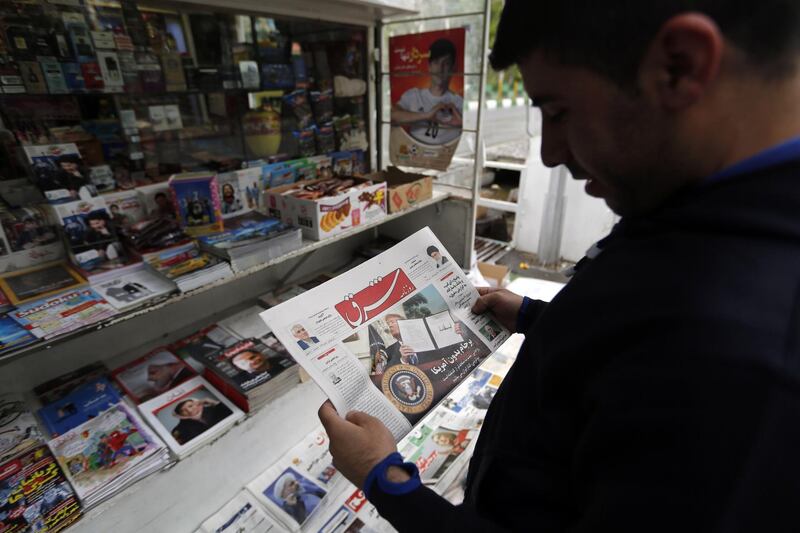The US exit from the Iran nuclear deal has caused oil prices, already at three-year highs, to rally further, with analysts forecasting an additional tightening of the market.
The price of Brent, the benchmark for light, sweet crude surged to $77 per barrel following US President Donald Trump’s decision to walk away from the 2015 Joint Comprehensive Plan of Action (JCPoA) accord which was meant to restrict Iran’s capabilities to develop nuclear weapons but allowed its banking, finance and ageing energy infrastructure to attract needed foreign investment. West Texas Intermediate, the North American benchmark, continued its earlier rally in anticipation of Mr Trump’s decision, which had been widely expected by the market.
While companies and suppliers engaging with Iran, the third-largest producer of oil in the Middle East, have been given a 180-day window to wind down their exposure before US sanctions are imposed in August, the oil markets are bracing for imbalance.
“Any Iranian barrels going out of the market will only worsen the situation, in that the market becomes tighter,” cautioned Iman Nasseri, managing director, Middle East at energy consultancy Facts Global Energy.
In a statement on Wednesday, Saudi Arabia, which is a swing producer swiftly said it was prepared to “mitigate” the impact of the US' exit on the oil market, with American shale producers also widely anticipated to ramp up production to offset the impact of barrels lost.
_______________
Read more:
How US sanctions on Iran may impact energy markets
Oil prices hit almost four-year high on Opec cuts and US Iran sanctions
Business Extra Podcast: What's next for the oil price rally?
_______________
Any impact, however, would take until August to be fully realised with some countries cutting supplies ahead of anticipated sanctions to step in line with US regulators, while others such as China and India are likely to import more before sanctions come into full swing.
“Total Iranian imports may not be too big near term but towards, perhaps, the end of the year we may see a larger impact of this wind-down period,” said Mr Nasseri.
Already, South Korea has said it would likely seek a waiver, while France's Total - the largest foreign investor in the Iranian energy sector - had told The National in February that it would press for an exemption.
While Iran saw a million bpd taken out of the market during the sanctions imposed between 2012-15, it is unlikely that fresh sanctions by the US will result in a similar-sized cut this time, suggested Spencer Welch, oil markets and downstream director at London-based IHS Markit.

“If US sanctions are re-instated the impact is likely to be significantly less this time as the US does not buy Iranian crude, so the sanctions will primarily limit US banks being involved in financing of crude exports,” he said.
Iran, which has since 2016 managed to regain customers in Europe and Asia, with the former accounting for 40 per cent of all its exports will likely see a hit of 500,000 bpd this time, said Homayoun Falakshahi, Iran upstream analyst at consulting firm Wood Mackenzie.
In anticipation of Mr Trump’s decision, Iran had significantly increased its exports of crude to 2.6 million bpd to customers in Asia and Europe, a tactic to increase the level from which the US would ask Tehran to cut down.
“What’s going to happen is the US Department of State is going to come up with a methodology on how they count the barrels and the benchmark they gauge against, [such as] the imports for first half of 2018 or May to November,” said Mr Nasseri.
“If they increase the benchmark, the cut-down from that will be more business as usual as it was [before] without the decrease in exports,” he said.







